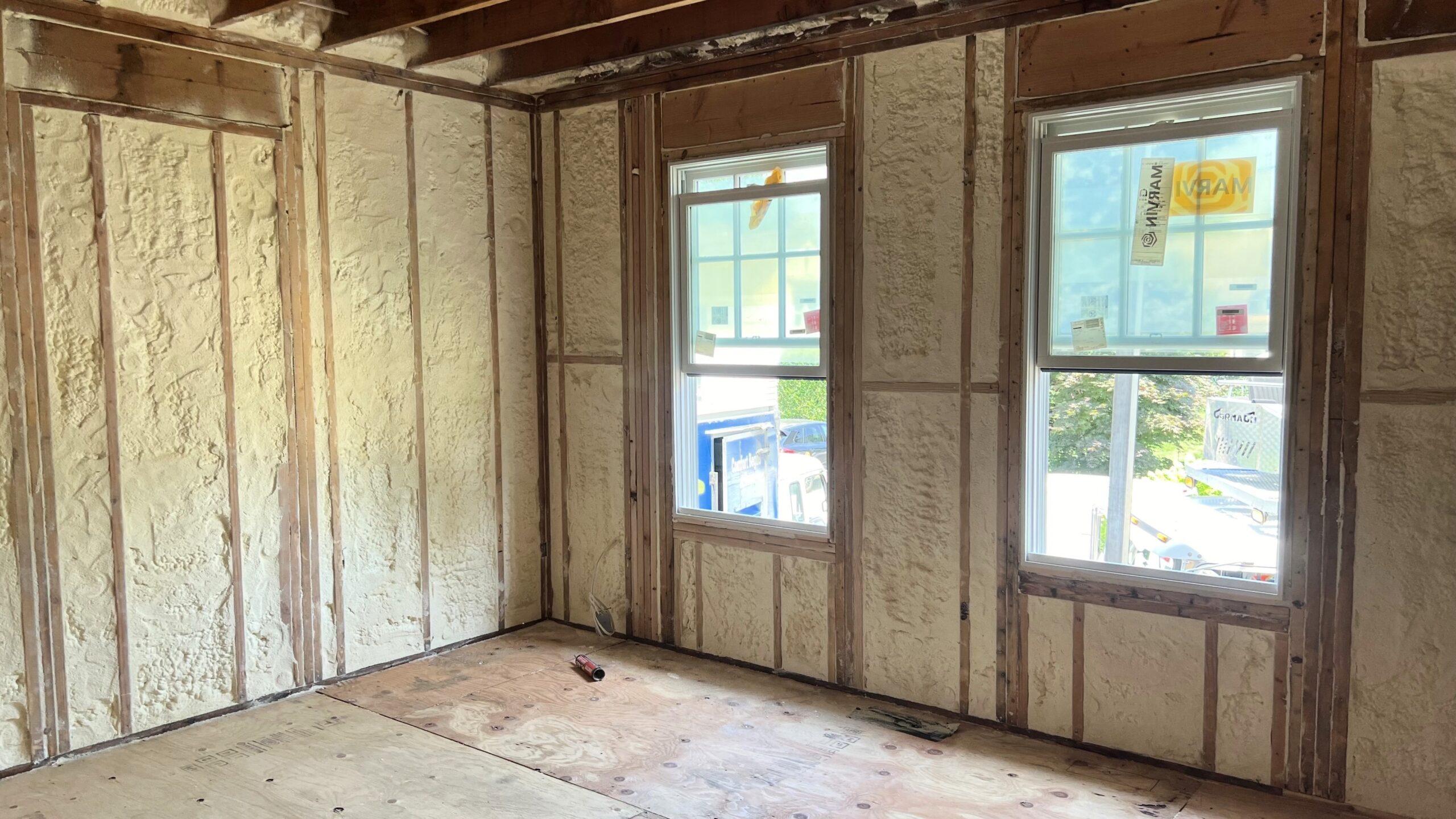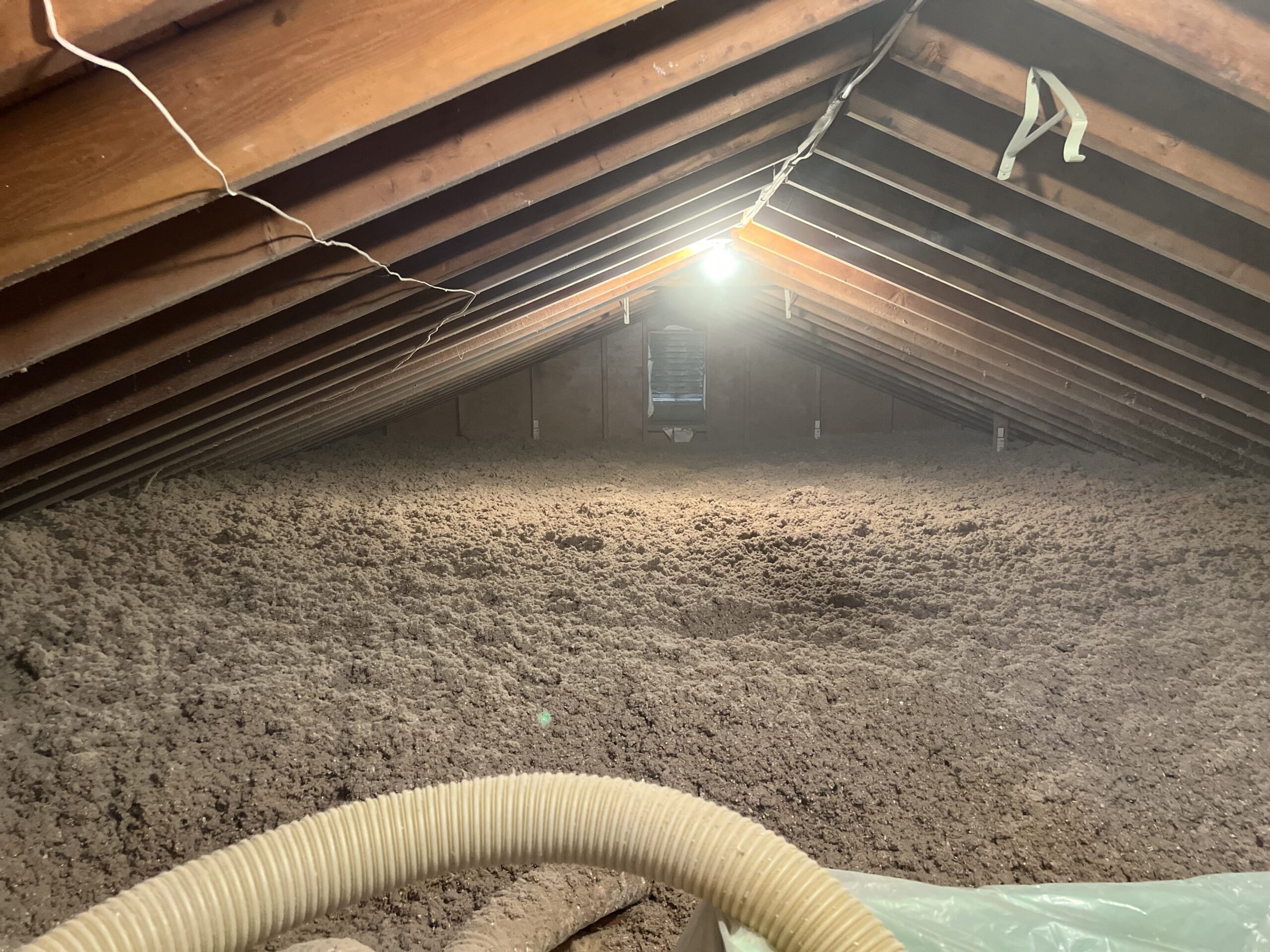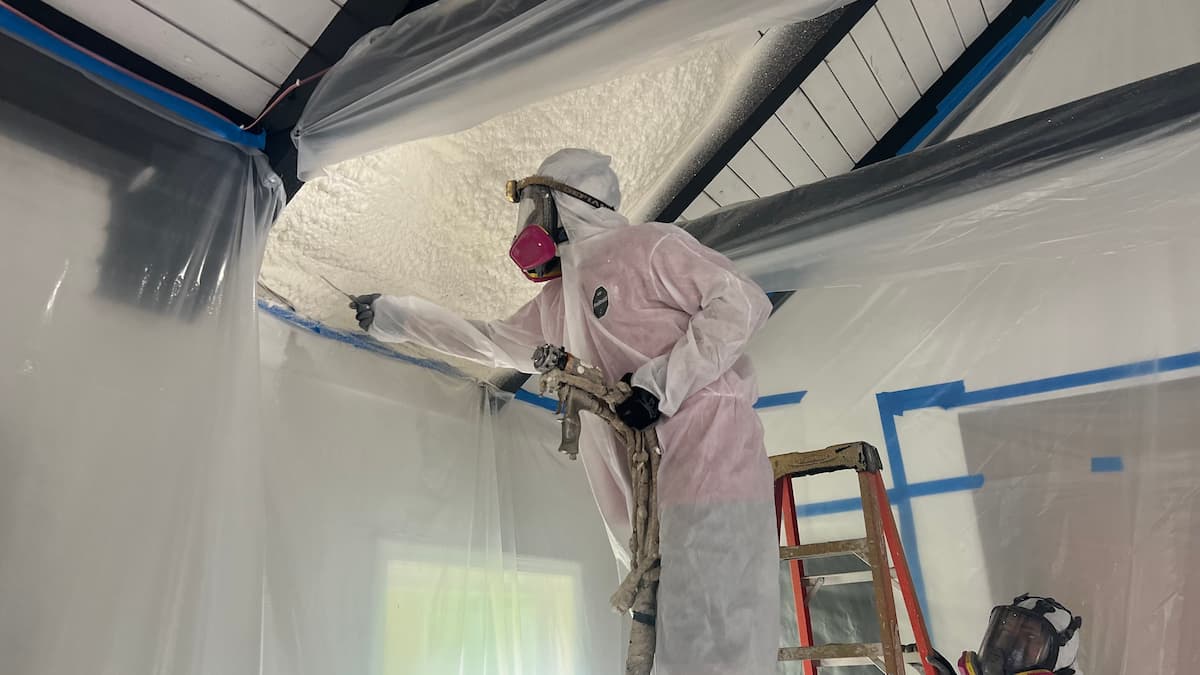Don't Wait To Insulate! Get A Free Estimate:

The Benefits of Spray Foam Insulation for New Construction
June 4, 2025
The Benefits of Spray Foam Insulation for New Construction
When it comes to building a new home or commercial property, the decisions made during construction will impact energy efficiency, comfort, and long-term maintenance costs. One critical choice is insulation. While traditional materials like fiberglass and cellulose still have their place, spray foam insulation is rapidly becoming the preferred option for new construction—and for good reason.
In this post, we’ll explore the key benefits of spray foam insulation and why it’s a smart investment for any new building project.
1. Superior Energy Efficiency
Spray foam insulation creates an air-tight seal that significantly reduces heat loss in the winter and heat gain in the summer. Unlike fiberglass batts, which can leave gaps, spray foam expands to fill every nook and cranny.
- Closed-cell spray foam has one of the highest R-values per inch (around R-6.5 to R-7), which means excellent thermal resistance.
- This translates to lower heating and cooling bills—up to 50% savings in some homes.
2. Air and Moisture Barrier
One of spray foam’s standout features is its ability to act as both an insulation and air barrier. When applied properly, it prevents drafts, moisture infiltration, and condensation issues that can lead to mold or structural damage.
- It seals around plumbing vents, wiring, and HVAC ducts.
- Closed-cell foam also adds a level of moisture resistance ideal for crawl spaces, basements, and coastal climates.
3. Improved Indoor Air Quality
Because spray foam helps reduce infiltration of outdoor pollutants, allergens, and dust, it contributes to healthier indoor air. By minimizing air exchange with the outside environment, it also helps prevent mold and mildew caused by excess moisture.
This can be especially beneficial for individuals with asthma, allergies, or other respiratory concerns.
4. Increased Structural Strength
Closed-cell spray foam not only insulates but also reinforces walls and roofs. Its rigid nature adds to the structural integrity of the building, particularly in areas prone to high winds or seismic activity.
- Adds up to 250% more racking strength in some wall systems.
- Helps protect the building envelope over time.
5. Noise Reduction
Spray foam also provides excellent sound dampening, especially open-cell foam. It can be used between floors or interior walls to minimize noise transfer, creating a quieter and more peaceful environment—ideal for multi-family housing or office spaces.
6. Long-Term Cost Savings
While the upfront cost of spray foam is higher than fiberglass or cellulose, it offers long-term savings through:
- Lower utility bills
- Reduced maintenance
- Fewer HVAC repairs due to less system strain
Over time, this makes it a cost-effective solution that pays for itself.
7. Eco-Friendly Option
Spray foam insulation supports sustainable building practices by:
- Reducing overall energy consumption
- Lasting longer than traditional insulation
- Reducing the need for additional air sealing materials
Many spray foams now come with low-VOC formulations and are made with eco-conscious blowing agents.
Final Thoughts
For builders and homeowners looking for high performance and long-term value, spray foam insulation is a clear winner. From unmatched energy efficiency to added structural durability, it’s an investment that improves comfort, saves money, and contributes to a more sustainable building.
If you’re planning new construction, now is the perfect time to include spray foam insulation in your project. You’ll reap the benefits for decades to come.
Interested in adding spray foam to your new build? Contact us today for a consultation or a quote—we’d be happy to walk you through the process and recommend the best solution for your project.
Recent News

Winter is Coming! Don’t Wait To Insulate!
November 13, 2025

🎃 What’s Spookier Than a Haunted House? A High Energy Bill and No Insulation! 👻
October 17, 2025

Why Insulation Is A Smart Investment For Your Home
September 17, 2025

Why Insulation Is Just as Important in the Summer as It Is in Winter
August 11, 2025

Why Attic Insulation Is Essential for Your Home
July 21, 2025

Why Spring Is the Smartest Season for an Insulation Upgrade
May 2, 2025

